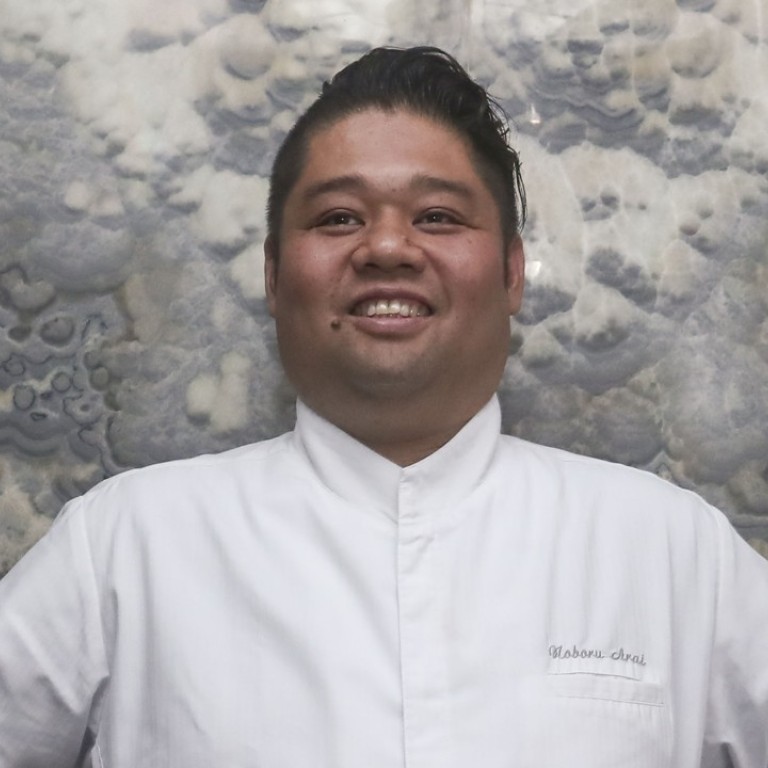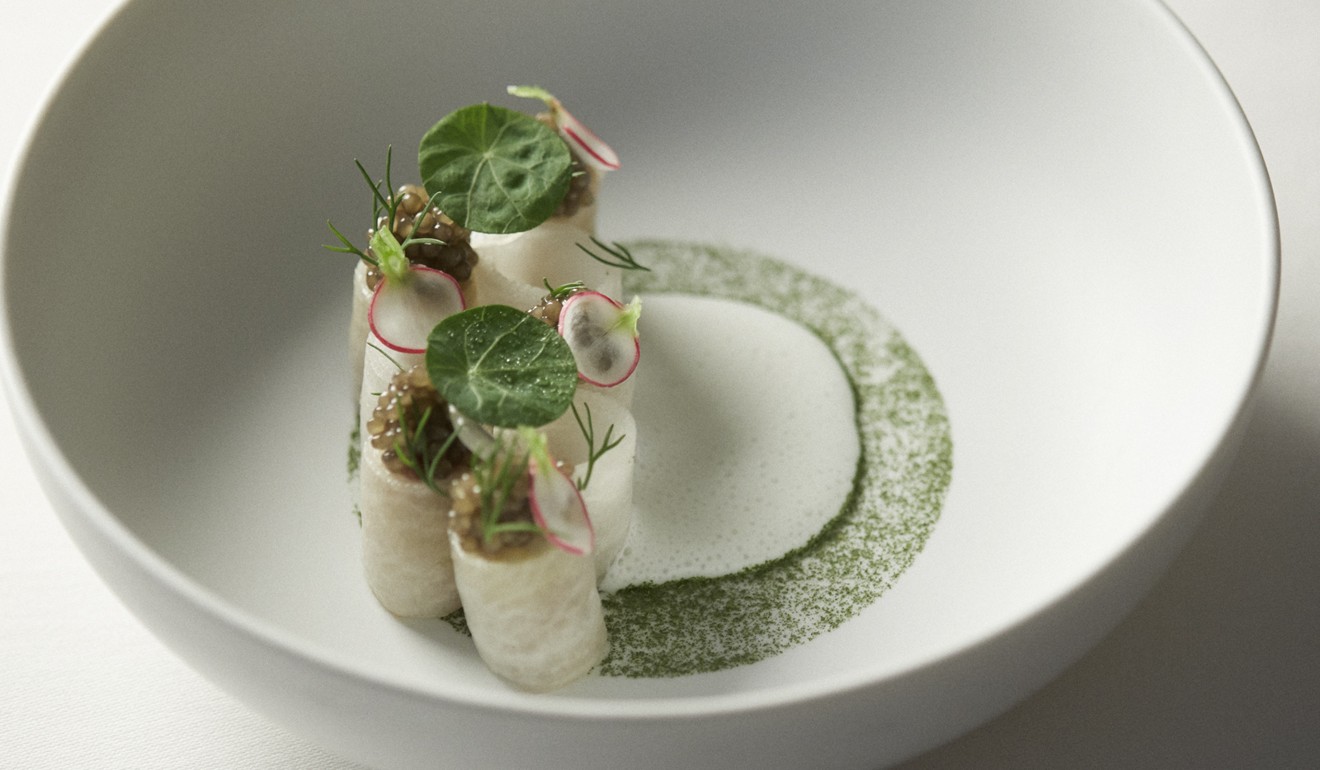
Meet the Japanese chef bringing French cuisine to the heart of old Tokyo
Noboru Arai, whose Hommage restaurant has just been awarded two Michelin stars, reflects on the differences between French and Japanese culinary traditions
When you went to France for a year, at the age of 24, how familiar were you with the cuisine? “I didn’t know much before going to the country. In Japan, there used to be a television show called The Heaven of Cuisine, which helped me to learn a bit about it, but I still barely knew anything.”
What was the first French dish you learned to cook? “A classic one – pigeon with berry sauce. I learned it more than 20 years ago. At the time, I found it really disgusting! But it was a valuable lesson, as it allowed me to better understand French cuisine and its techniques.”
Top Japanese chef on why Hong Kong will always be special to him
What do French and Japanese cuisines have in common? “There are actually more differences than similarities. French cuisine has many classic recipes, but it has also changed a lot over time. Many French chefs explore ways to push forward their cuisine, looking into techniques and traditions from other cultures, and using those to enhance their creations. Japanese cuisine, on the contrary, mostly sticks to traditional dishes and hardly evolves.”
What was the first meal you had when you arrived in France? “A ham sandwich at a cafe – it was very good!”
Do you prefer to stick to tradition or to evolve dishes? “I think you need some balance between both. On the one hand, you need to preserve the tradition, the basis of your cuisine. But if you focus only on that, you might lose touch with the modern world. At the same time, making your cuisine evolve is important, but without knowing about its traditions and techniques, you don’t have a solid foundation on which to keep creating dishes.”

What have you learnt about the philosophy behind French cuisine? “Many people wonder whether only French people can cook French cuisine. The essential part is making sure that every part of the dish is tasty, and that’s why I spend a lot of time working on all the classic recipes, to be able to cook them perfectly, so I can convince people that not only French chefs can cook this specific culinary style.”
What did you learn about the way people experience food there? “Restaurants in France are more family-focused, eating a meal is an experience that you share. People don’t mind travelling to get to a restaurant.
One of the restaurants where I worked in France [Le Clos des Cimes; now named Régis et Jacques Marcon] was an hour and a half by car from Lyon city centre, but people still came with friends and family to enjoy a meal together. This was very inspiring to me and, when I went back to Japan, I decided to be based in my hometown [Tokyo’s historical district of Asakusa]. It’s not exactly the city centre, so people still have to make a trip to get there. So far, the public has welcomed this decision.”

What makes Asakusa special? “It’s a must-visit place. It is modern, but it preserves traditional aspects of Japan. You can see a lot of temples and classical architecture and, of course, you can try traditional food there.”
What would you recommend to visitors trying to discover this traditional side of the city? “From May to September, there are a lot of festivals in the area, where you can see people wearing traditional dresses, visit fairs with all kinds of little stands or enjoy a sip of tea. I highly recommend it to experience the best of Asakusa.”
You are in Hong Kong learning about the city before your three-day collaboration at Ta Vie restaurant, in Central, next month. What do you think of the food you’ve tried so far? “I have eaten a lot already and what has impressed me the most is the classic Cantonese dishes – very difficult to find in Japan. I really like siu mei, the Cantonese-style barbecue meat dishes, such as goose and chicken.”
Noboru Arai will join forces with Hong Kong-based chef Hideaki Sato, to offer a 10-course four-hands degustation dinner in Ta Vie restaurant in Central from September 6 to 8.

